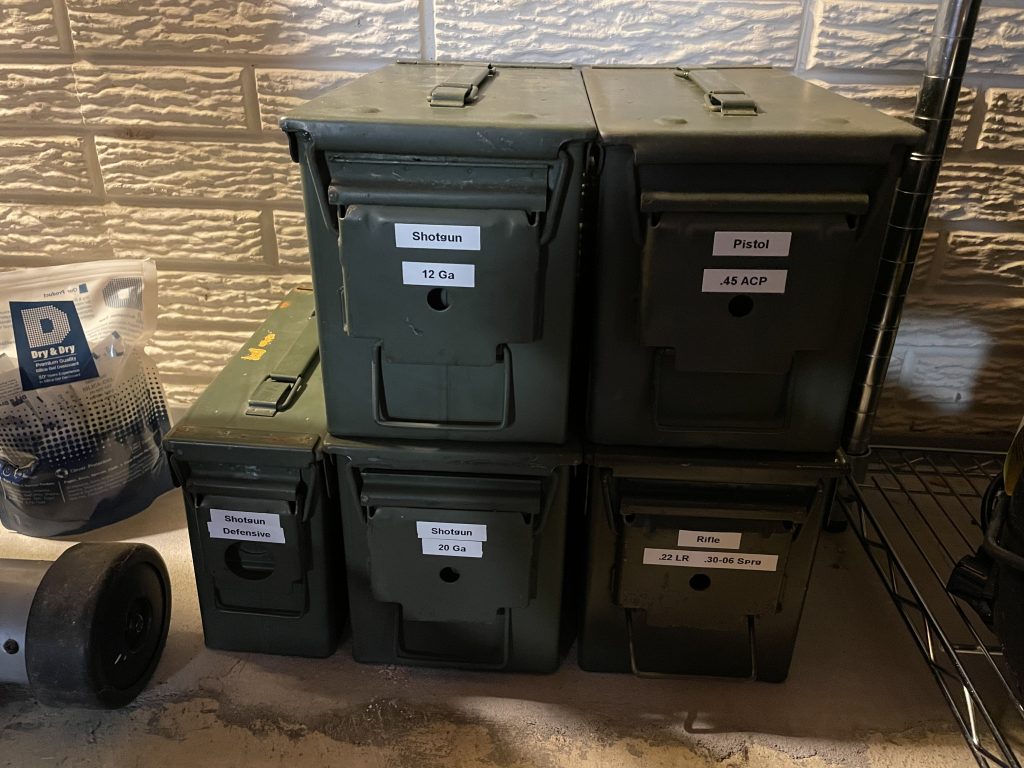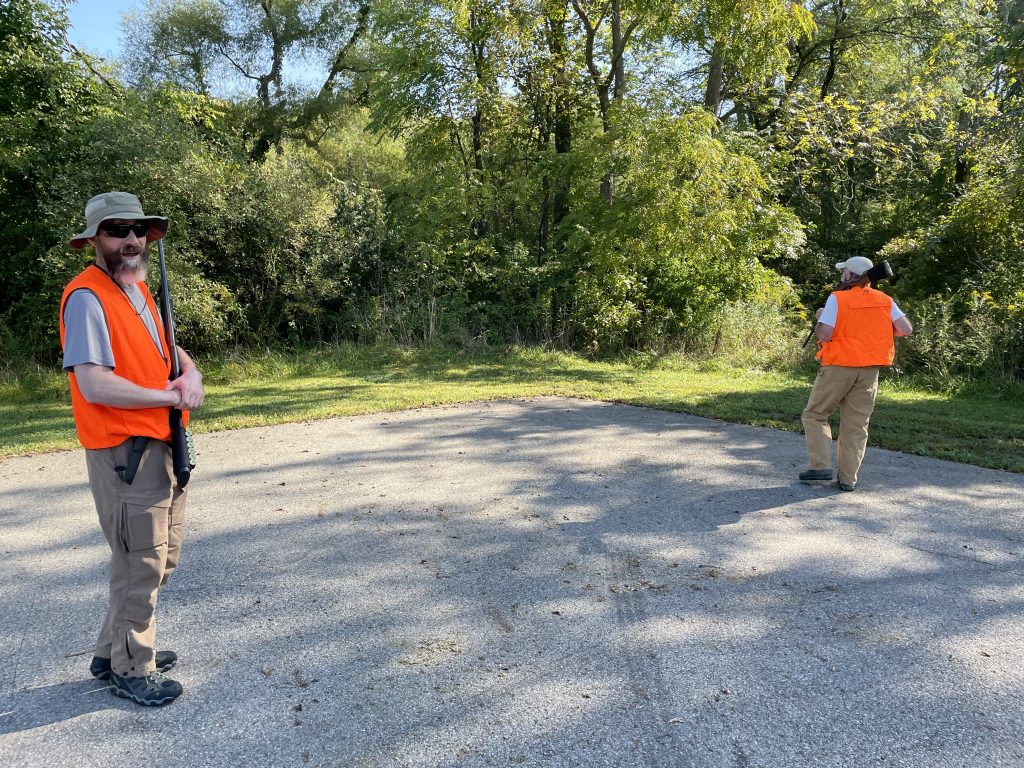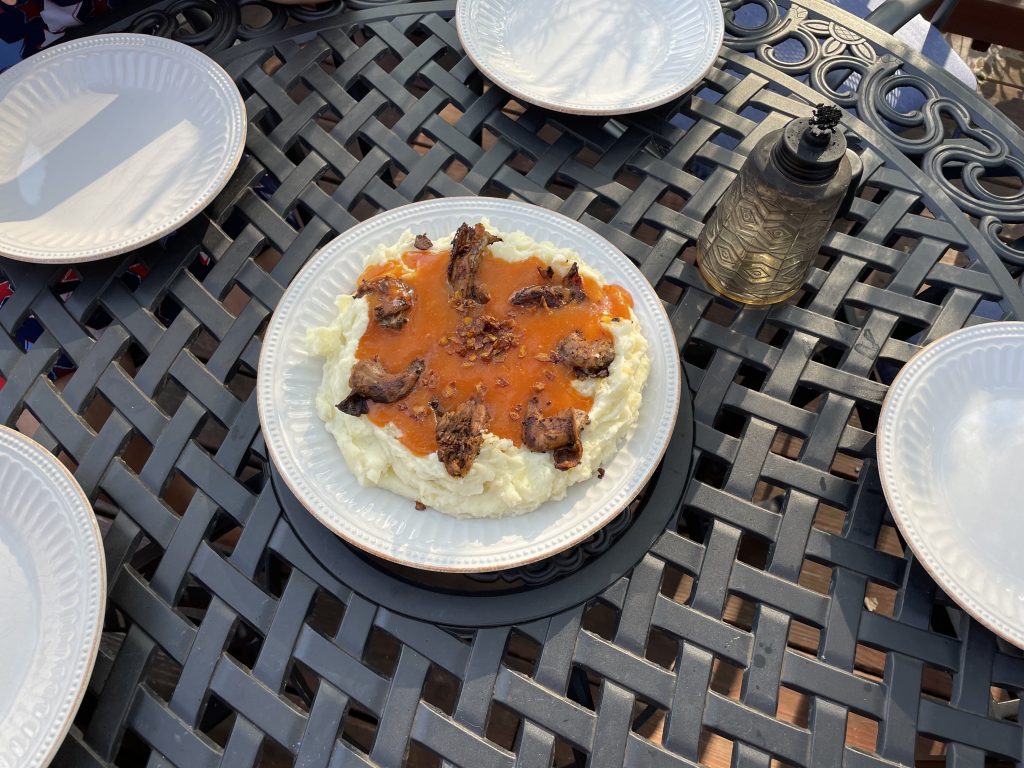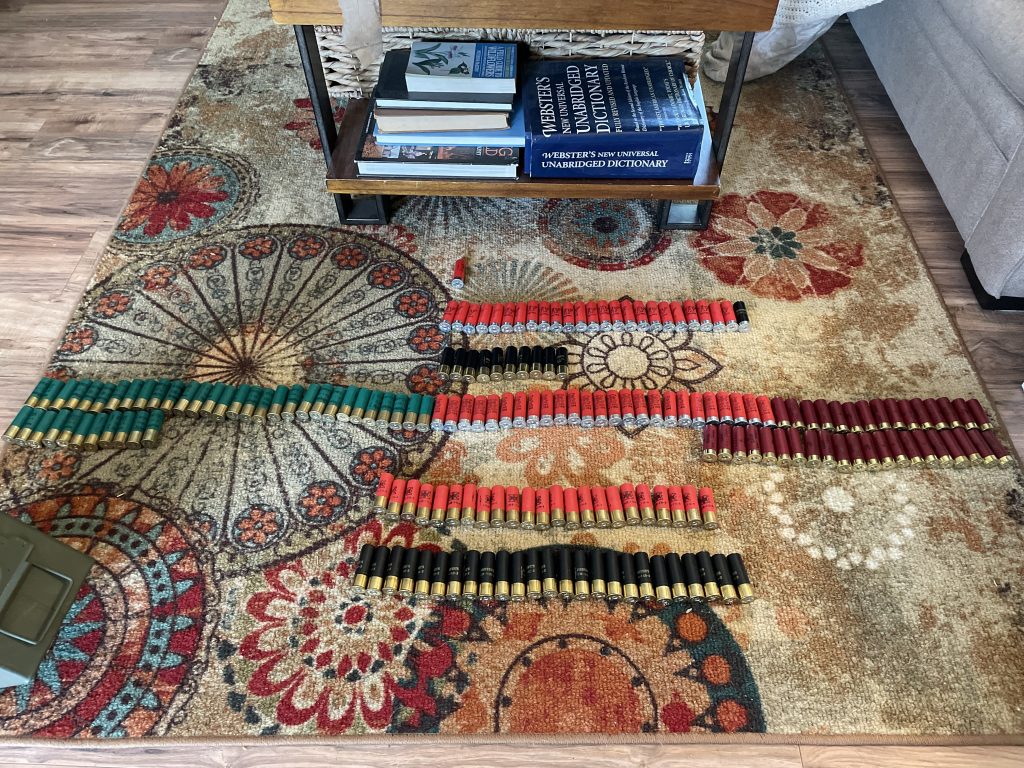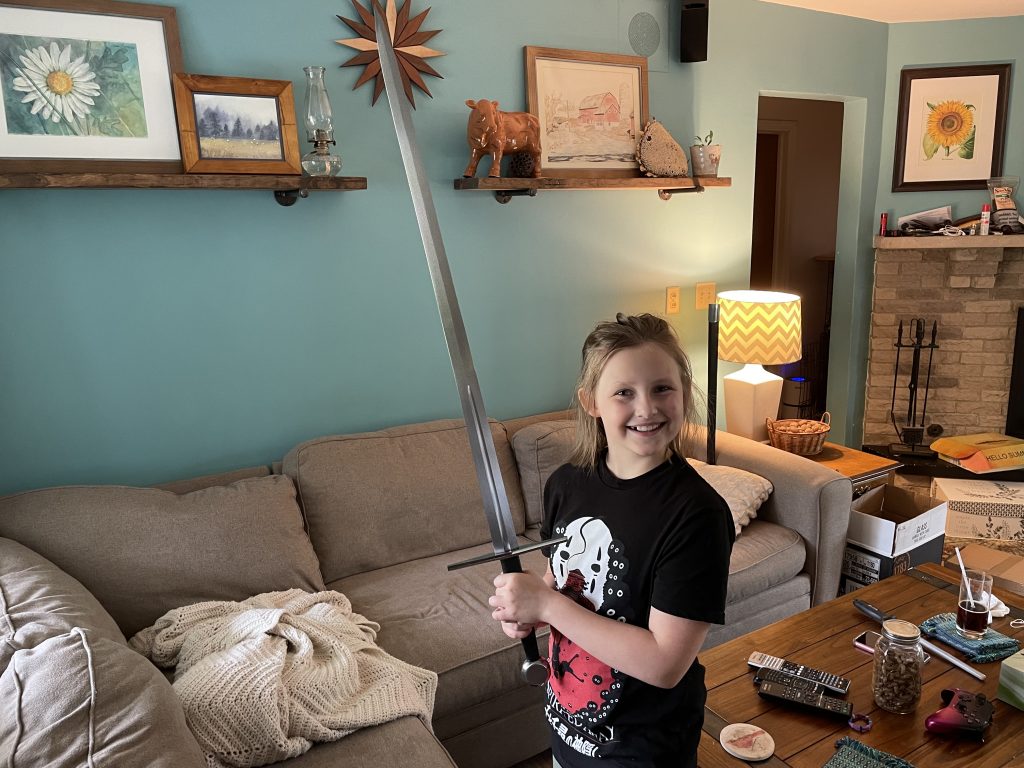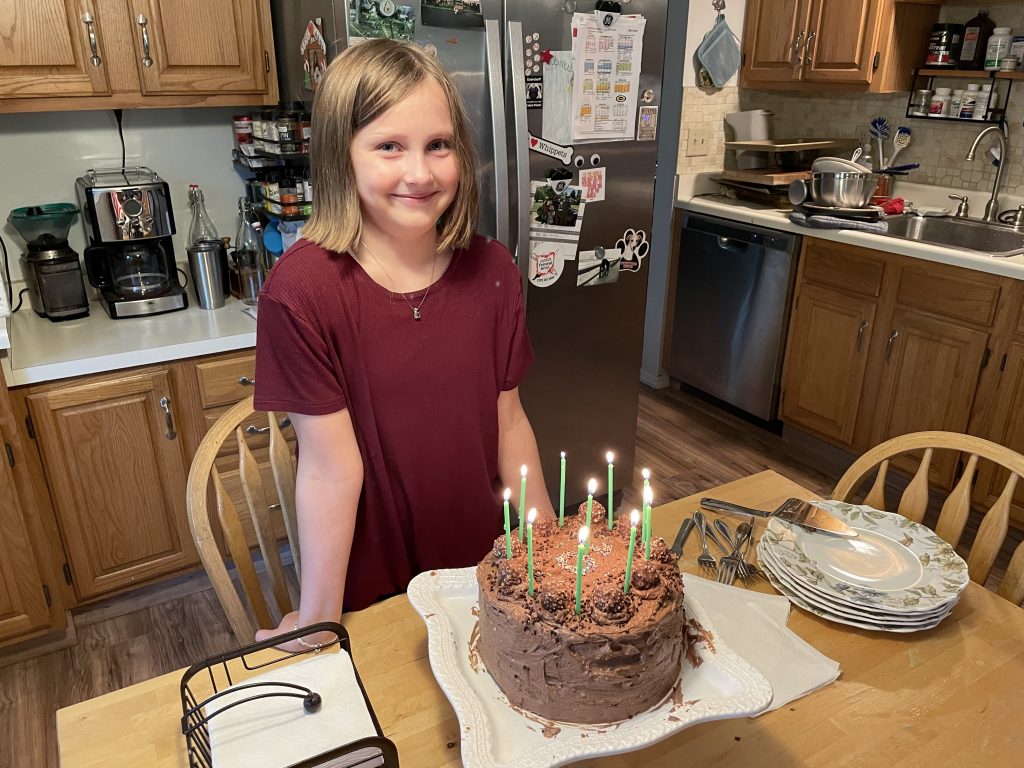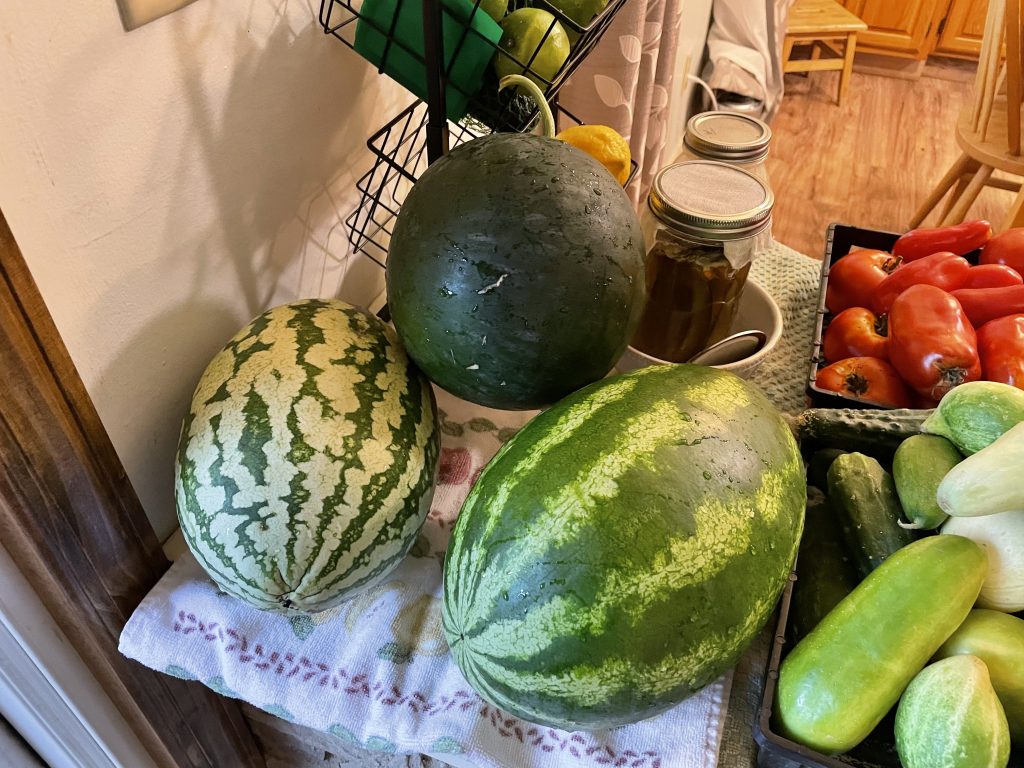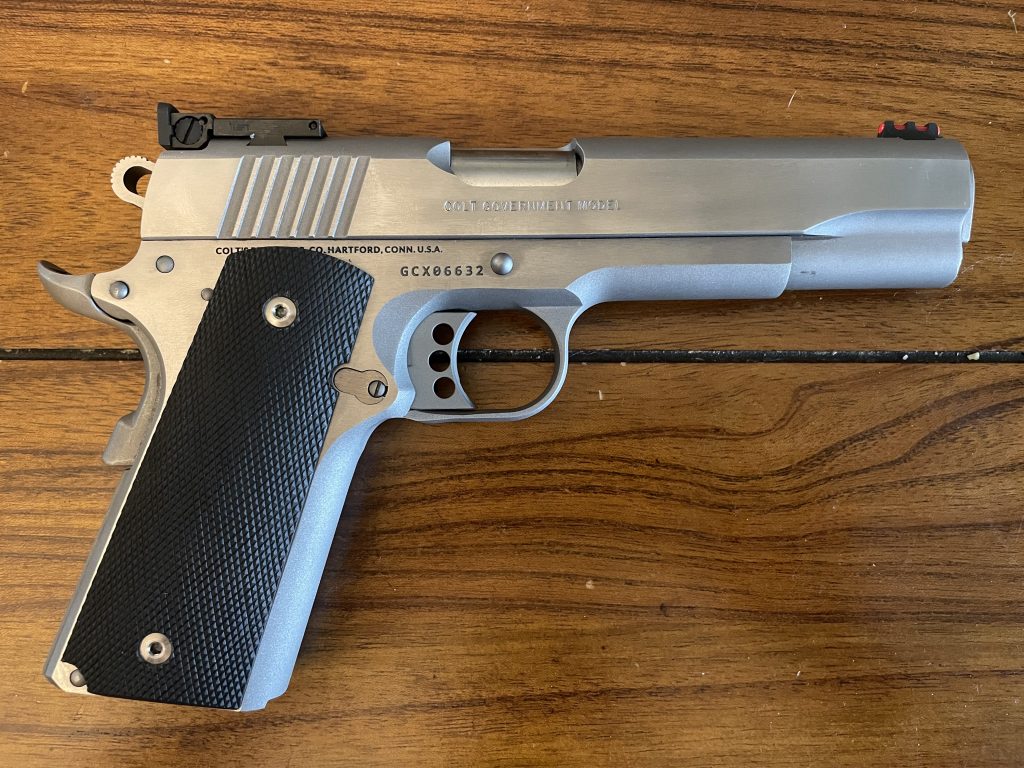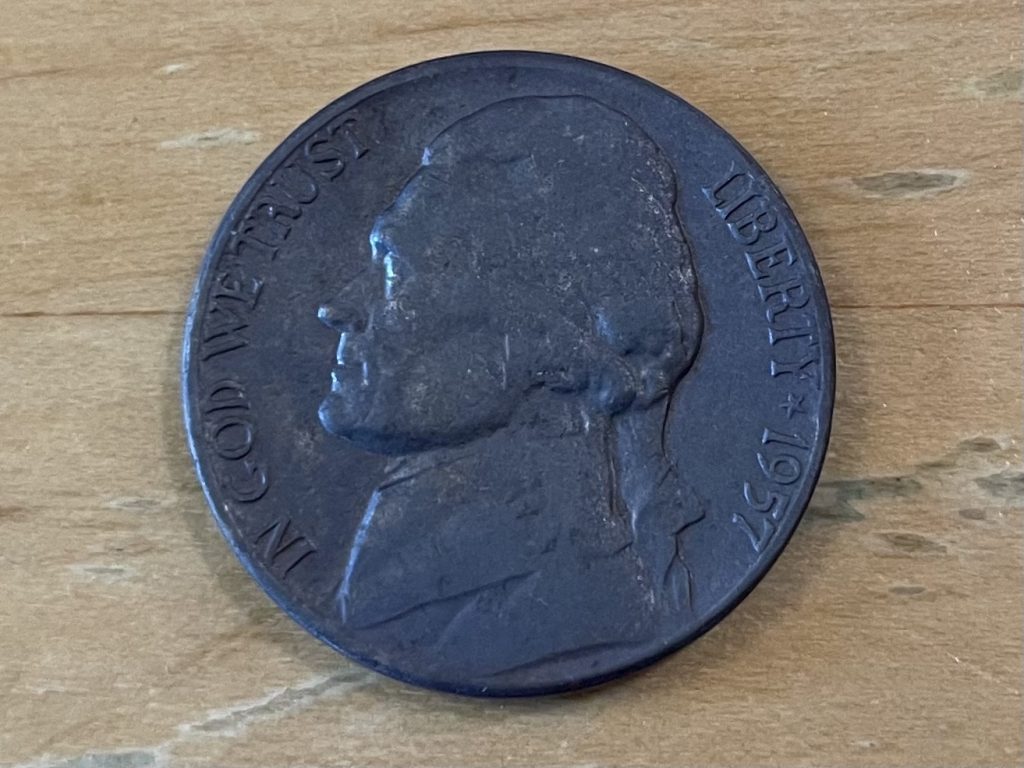No one respects a young man. Young women at least have the advantage of looking good (although I’m certain some would argue as to whether or not that’s actually advantageous), but a man is still primarily judged on experience and financial status, regardless his age. I don’t make these rules up. A woman’s worth is determined more by her appearance than a man, and a man more by his financial security.
So that 22-year old working at Home Depot? No, no one wants your recommendation. But if it’s a young woman, would you pretend to listen?
To further complicate matters, a newer generation of parents arrived who, having had significantly more access to livable wages and therefore able to dabble in self-actualization, decided to mold their collective MO and lecture the younger generation on the importance of finding happiness, but also simultaneously still judging harshly those whose finances delayed life event milestones of success. Because the old expectations, entrenched for millennia due to their core function of species preservation, ran up against the new age philosophies that they permitted, yet never themselves vanished.
So it was that I discovered happiness couldn’t be derived from employment if I wished to obtain these financial life milestones, but still the available employment opportunities available to me significantly delayed them. Marriage and home ownership were for so long an impossibility. And, being a young man, the constant disregard for my professional knowledge by my elders served to keep me underemployed, which in turn reinforced my low socioeconomic status. I was a failure in both forms: neither happy nor financially secure.
This is my generation’s dilemma: to be expected to adhere to the old and new ways simultaneously, even when the two are directly at odds.
Next up: Ammunition, cheese, and cars.
